Ready to turn your back yard into hummingbird heaven? Hummers are swift, tiny, secretive and simply amazing to watch, but they’re hard to spot. For fans of this rock star bird, catching a glimpse can be a summer thrill. But there’s no need to be an avid birder to enjoy the sight of a hummingbird.
These lovely birds can be found in many areas. If you’re east of the Rocky Mountains, ruby-throated hummingbirds are common. In western regions, there are more than a dozen common species. There are a few simple steps to take to maximize your chances of seeing a hummingbird in your own back yard this summer.
Every spring, hummingbirds migrate back home from tropical winter retreats in Central and South America. During their migration is the best time to attract them to a nesting spot in your back yard. They have three basic needs before settling into a new home: access to food, plentiful water, and a good nesting spot.
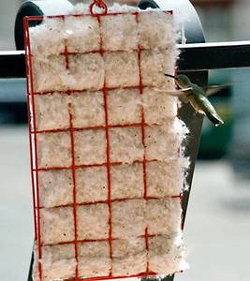 Plant nectar-rich flowers and hang hummingbird feeders as a start. Also provide sheltered perches and good nesting places that will encourage females to raise their young in your back yard. These tiny birds have a remarkable memory and they frequently return to the same sites on the same day each year. Feed them consistently and you just might get return visitors, especially during migrations in the spring and fall. If they nest nearby, the fledglings may remember the location in years to come, adding to the flock of hummers in your yard.
Plant nectar-rich flowers and hang hummingbird feeders as a start. Also provide sheltered perches and good nesting places that will encourage females to raise their young in your back yard. These tiny birds have a remarkable memory and they frequently return to the same sites on the same day each year. Feed them consistently and you just might get return visitors, especially during migrations in the spring and fall. If they nest nearby, the fledglings may remember the location in years to come, adding to the flock of hummers in your yard.
But, what is a good nesting spot to a hummingbird? Females prefer deciduous trees over a clearing or stream. They build nests from sticky spider webbing, using lichen to camouflage the exterior and soft plant fibers lining the interior. Since it’s not likely you’ll be stocking your yard with spider webs and lichens, there is a fabulous man-made alternative.
Hang a small feeder in your yard to start attracting hummingbirds. There are nectar mixes, but it’s easy to make your own. Add four parts tap water to one part granulated sugar, heated until the sugar dissolves. There’s no need to add red coloring.
Hummingbirds will spot the feeders if you hang red ribbons nearby. Hummingbirds feed every 10 minutes, so they examine every square yard in their range for food.
Keep the feeder clean and the nectar fresh. Spoiled solutions can harm the tiny birds, as mold can grow in the nectar. It’s fine to leave nectar out for five to seven days in cool weather, but it needs to be replaced every two days in hot temperatures.
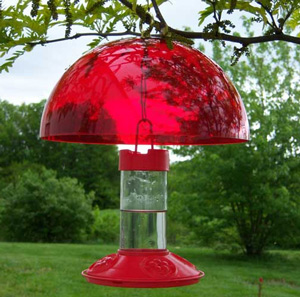 It’s easy to clean feeders with a specialized brush, but don’t use soap or detergents. Rinse with ordinary white vinegar for a non-toxic cleaner.
It’s easy to clean feeders with a specialized brush, but don’t use soap or detergents. Rinse with ordinary white vinegar for a non-toxic cleaner.
It’s also good to keep two other handy accessories nearby: a water-filled nectar protector ant moat, hung above feeders to keep ants at bay. And second, an overhead protector to keep rain from diluting the nectar. The helmet keeps the nectar fresh by providing shade from the sun and it’s bright red, which hummingbirds love.
For more information on attracting hummingbirds with plants, read our article: The Ultimate Dining Guide for Hummingbirds.


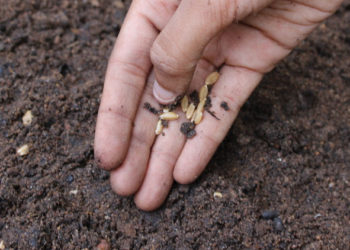
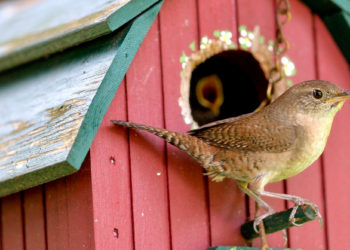
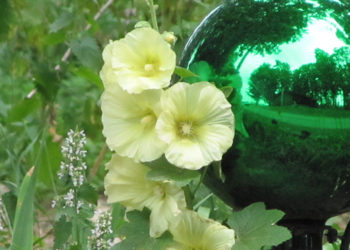
No Comments